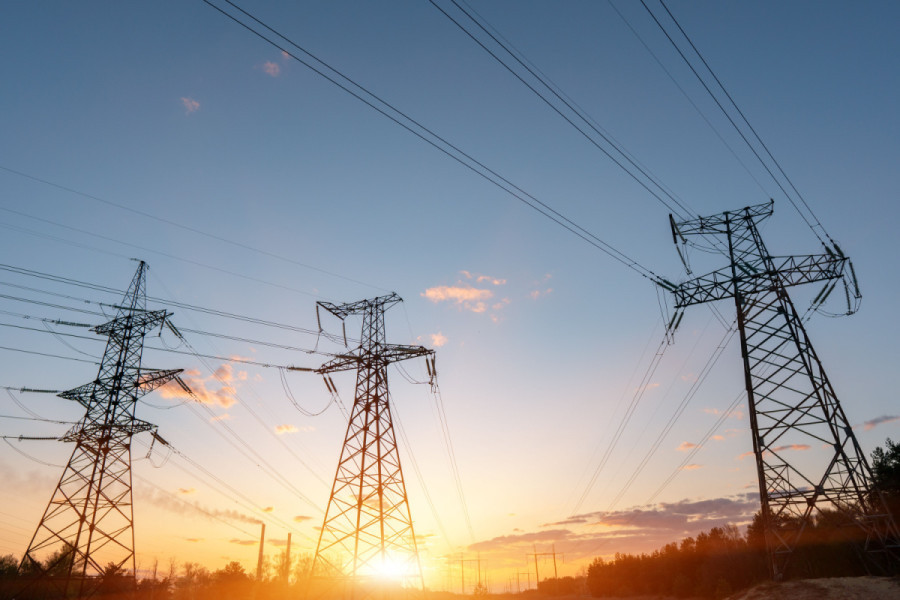Editorial
Electrifying energy sector
Promoting electricity and fossil fuel simultaneously, the government seems to have a dubious approach.
The energy sector remained one of Nepal’s most vibrant sectors for over a year. Some encouraging news brightened the country’s mood even as the overall economy remained stagnant. In June last year, Nepal and India inked a long-term power trade agreement, whereby the southern neighbour would import 10,000 MW of hydroelectricity from Nepal in 10 years. Indian Prime Minister Narendra Modi made the announcement at a joint press meet with Nepali counterpart Pushpa Kamal Dahal, who was on a visit to India. Based on the same deal, India has been gradually increasing the quantum of energy it is importing from Nepal. On Monday, New Delhi approved a plan to import an additional 251 MW of electricity from Nepal, increasing the total imports to nearly 1,000 MW.
Nepal, which was heavily dependent on India’s electricity until a few years ago, became a net exporter of electricity last fiscal. Encouraged by the potential market in India and other neighbouring countries including Bangladesh, investors have been injecting huge investments in this sector. Work to build transmission lines and substations has picked up in recent months. Nepal and Bangladesh were all set to sign an agreement last month on the export of Nepal’s 40 MW of electricity via India, only to be cancelled due to political unrest in the South Asian nation.
Even as Nepal makes great strides in electricity production and exports, our villages still remain unelectrified. According to the Nepal Electricity Authority’s latest report, 18 of the country’s 753 local government units are not connected to the national grid. According to the NEA report published on Tuesday, 1 percent of the total population is still deprived of the basic facility. Even in the rest of the parts of the country covered by the national grid, electricity supply is still erratic.
Moreover, while the import of electric vehicles (EVs) is rising, exhibiting a keen interest among Nepalis to switch from fossil fuel to electricity, the government doesn’t seem to be keeping pace. While it is yet to build the infrastructure for electric vehicles, including charging stations, its policy on import and sales of such vehicles isn’t consistent. Another important area where the government should concentrate its efforts on is increasing the consumption of electricity in the kitchens of Nepalis across the country. The ministry of energy should devise some attractive schemes to replace cooking gas with electric stoves.
Authorities don’t seem to be seriously working on these fronts. Instead, the government at times looks derailed. At a time when it needs to expedite work to replace fossil fuel-based activities with electricity, the government is preparing to build oil pipeline connecting Siliguri of India to Charali in Jhapa, a greenfield tank terminal in Charali, and an extension of the pipeline from Amlekhgunj to Lothar in Chitwan with India’s support.
Promoting electricity and fossil fuel usage at the same time, the government seems to be trying to have it both ways. This approach is wrong approach. What the government should do is to formulate a clear policy of promoting clean energy-based activities and formulate a comprehensive plan on energy production and consumption. That should be guided by the approach of increasing domestic consumption and exporting surplus production. This strategy has multiple benefits. Replacement of the huge quantity of imported fossil fuels with electricity saves billions of rupees, helps rejuvenate the country’s economy and decarbonises the transport and other sectors.




 8.12°C Kathmandu
8.12°C Kathmandu














